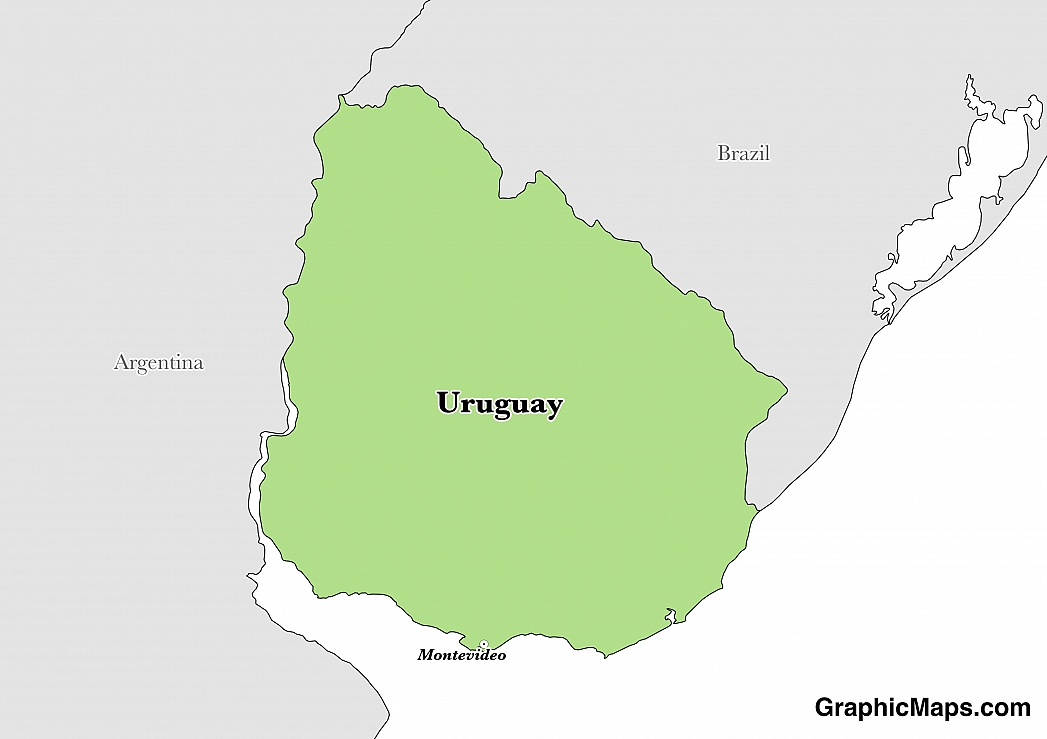The government of Uruguay is carried out as a representative democratic republic , which means the citizens of the country vote for individuals to represent their interests in government. These governmental actions are carried out by three branches: executive, legislative, and judicial. The President of Uruguay leads the executive and legislative branches, acting as both the Head of State and the Head of Government. Legislative decisions are made by the General Assembly, a bicameral body made up of two houses: the Chamber of Deputies (99 seats) and the Chamber of Senators (31 seats). The judicial branch acts independently.
Voting in Uruguay is mandatory for all citizens. The President and the Vice President run on the same ballot and are elected to serve a 5-year term. Individuals in these seats may serve without limit, however, they may not serve consecutive terms. Representatives in the General Assembly are also elected to serve a 5-year term. The number of seats in each house is based on proportional representation, although members of the Chamber of Deputies must have a minimum of 2 representatives from each internal department.
Both houses of the General Assembly meet in the Legislative Palace (Palacio Legislativo). This building is located in Montevideo, the capital city. Its neoclassical architectural style was designed by Gaetano Moretti and Vittorio Meano, 2 Italian architects. Construction of the Legislative Palace lasted from 1904 until 1925, when it was inaugurated. Its interior is unique in that it is comprised of 27 types of marble, all of which were mined in Uruguay. In 1975, this building was put on the National Register of Historic Monuments.
The three major political parties in Uruguay are the Broad Front (centre-right), the Colorado Party (centre-right), and the National Party (right winged). A new political party, Party of the Folk (right wing populism) was established in 2016.
This page was last modified on May 1st, 2018
More on Graphicmaps

Published on 2019-11-06
What is a Trade Embargo?

Published on 2019-11-04
Which Two Countries Used to Have the Same Flag?

Published on 2019-09-16
What Is the Only Two-Sided State Flag?

Published on 2019-09-16
Which Country Flag Looks Like the Texas Flag?

Published on 2019-08-29
Flags That Resemble the US Flag

Published on 2019-08-20
